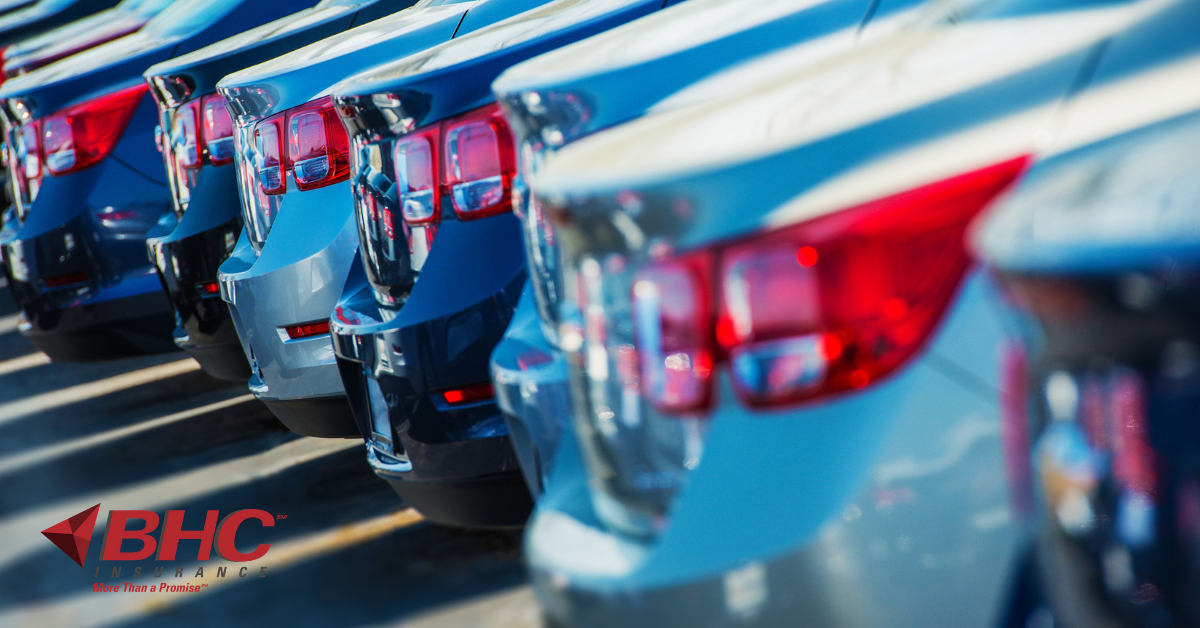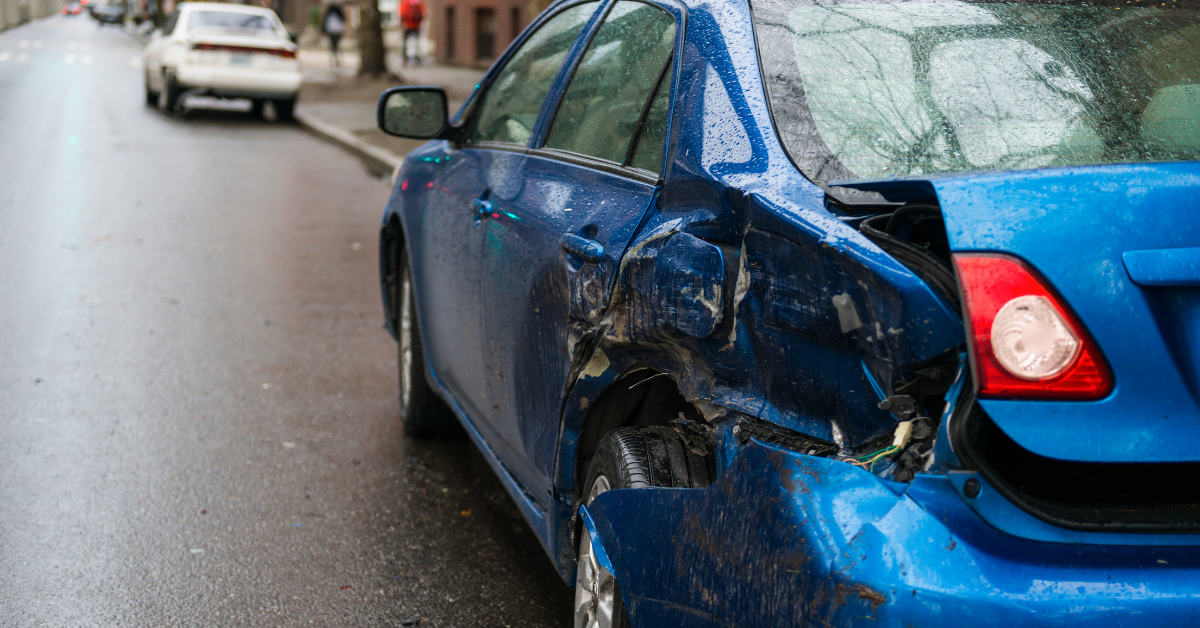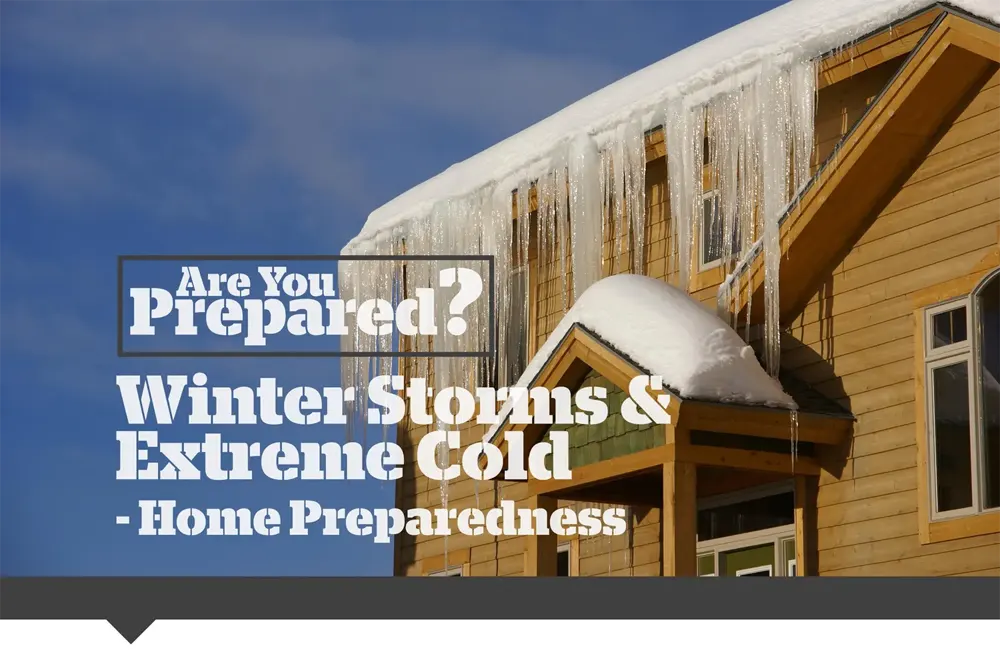If you’re like most people shopping for a new vehicle, safety ranks high among things you’re looking for. Every new car must meet certain federal safety standards, but that doesn’t mean that all cars are equally safe. There are still important safety differences, and some vehicles are safer than others. Many automakers offer safety features beyond the required federal minimums. Here’s more about what safety features should be considered when purchasing a car.
- Crashworthiness: These features reduce the risk of death or serious injury when a crash occurs. Getting a rating of crashworthiness for a particular car is as easy as going to the Insurance Institute for Highway Safety’s website at http://www.iihs.org/iihs/ratings and entering the make, model and year of the car you’re considering buying.
- Vehicle structural design: A good structural design has a strong occupant compartment, known as the safety cage, as well as front and rear ends designed to buckle and bend in a crash to absorb the force of the crash
- Vehicle size and weight: The laws of physics dictate that larger and heavier cars are safer than lighter and smaller ones. Small cars have twice as many occupant deaths each year as large cars.
- Anti-lock brakes: When you brake hard with conventional brakes, the wheels may lock and cause skidding and a lack of control. Anti-lock brakes pump brakes automatically many times a second to prevent lockup and allow you to keep control of the car. Anti-lock brakes may help you keep steering control, but they won’t necessarily help you stop more quickly.
- Daytime running lights: Daytime running lights are activated by the ignition switch. They are typically high-beam headlights at reduced intensity or low beam lights at full or reduced power. By increasing the contrast between a vehicle and its backgrounds and making the vehicles more visible to oncoming drivers, these lights can prevent daytime accidents.
- On-the-road experience: Other design characteristics can influence injury risk on the road. Some small utility vehicles and pickups are prone to rolling over. “High performance” cars typically have higher-than-average death rates because drivers are tempted to use excessive speed. Combining a young driver and a high-performance car can be particularly dangerous.
Safety First
Belts, airbags and head restraints all work together with a vehicle’s structure to protect people in serious crashes. Lap/shoulder belts hold you in place, reducing the chance you’ll slam into something hard or get ejected from the crashing vehicle. If you aren’t belted, you’ll continue moving forward until something suddenly stops you – often a hard interior surface that will cause injuries. Consider the vehicle’s safety belt, airbag and head restraint features when shopping with safety in mind.
Whether new or used, buying a car is an investment. Make sure your vehicle is properly protected by calling our office today to learn more about all of our insurance solutions for your auto, home and life.







